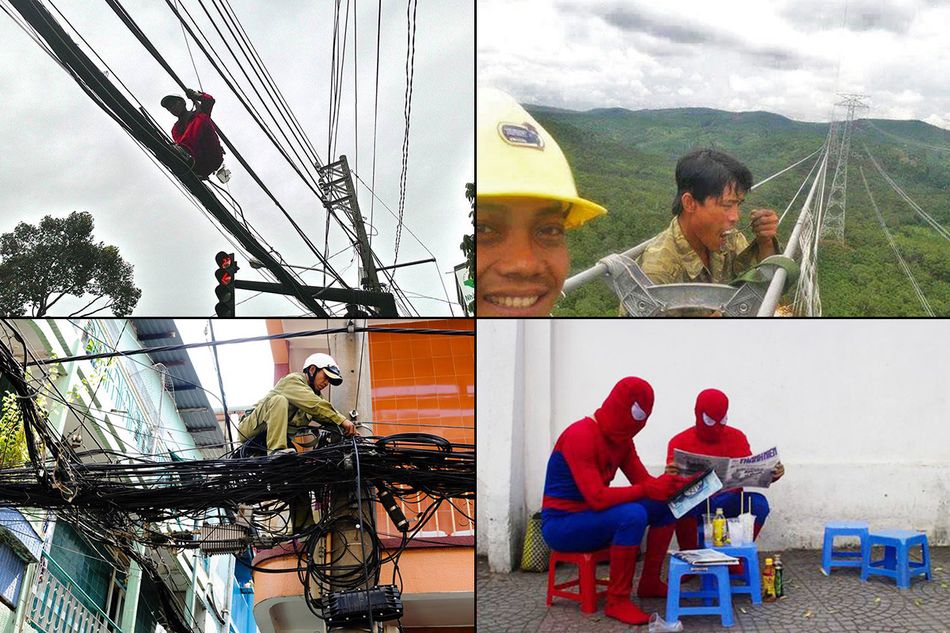Vietnam realized long ago that its ancient villages and towns would be big hits with foreign tourists. Over the last 15 years, the country has rushed to protect its historical heritage by anointing some locales as national relics and others as UNESCO world heritage sites. With these titles come tight restrictions on land use, building and repairs which can make things a nightmare for locals who don’t have the funds to work within these constraints.
This week, 250 residents of Duong Lam ancient village in Hanoi’s Son Tay town, signed a petition to remove the village’s heritage title. The village has been recognized as a national relic since 2005 due to its abundance of old homes. However, for some villagers, the title has brought more troubles than benefits.
Giang Manh Hoang, chairman of the Duong Lam commune People’s Committee, said profits from tourist entrances fees have been used to pay for the entrance fee management board instead of home repairs. Beyond lack of funds for expensive upkeep, the Son Tay town People’s Committee has issued strict regulations on construction and expansion of homes forcing residents into tight living quarters. According to Hoang:
“In some houses, four couples have to live in a 100-square-meter area. Others who have only built small mezzanines to slightly expand their place have been forced to dismantle them,” Hoang stated. Even the commune People’s Committees’ headquarters and preschool are in the same situation. 70-80 kids have to study in a room because we cannot build a two-story place.”
Even as 10 years have passed since the village was given national relic status, the local government has yet to receive an official zoning plan to ease local population density.
While you may not be familiar with Duong Lam, most know of or have been to the UNESCO world heritage site, Hoi An, which is facing similar difficulties. While there are restrictions on construction in this ancient trading hub, the problem here are the expensive materials needed to repair the centuries old shops and houses.
In recent years, flooding has caused serious damage to the wood and terracotta yin-yang tiles that are commonly found in town’s historic buildings. Because these traditional materials are 3 to 4 times more expensive than modern ones, many cannot afford to make necessary repairs. Lack of professional restoration workers is another major obstacle.
This trend is unsustainable and, if repairs are not made, the same towns which the government is trying to preserve will be destroyed. For the sake of the future, it’s vital that they find a balance between the past and the present.
[Tuoi Tre]














